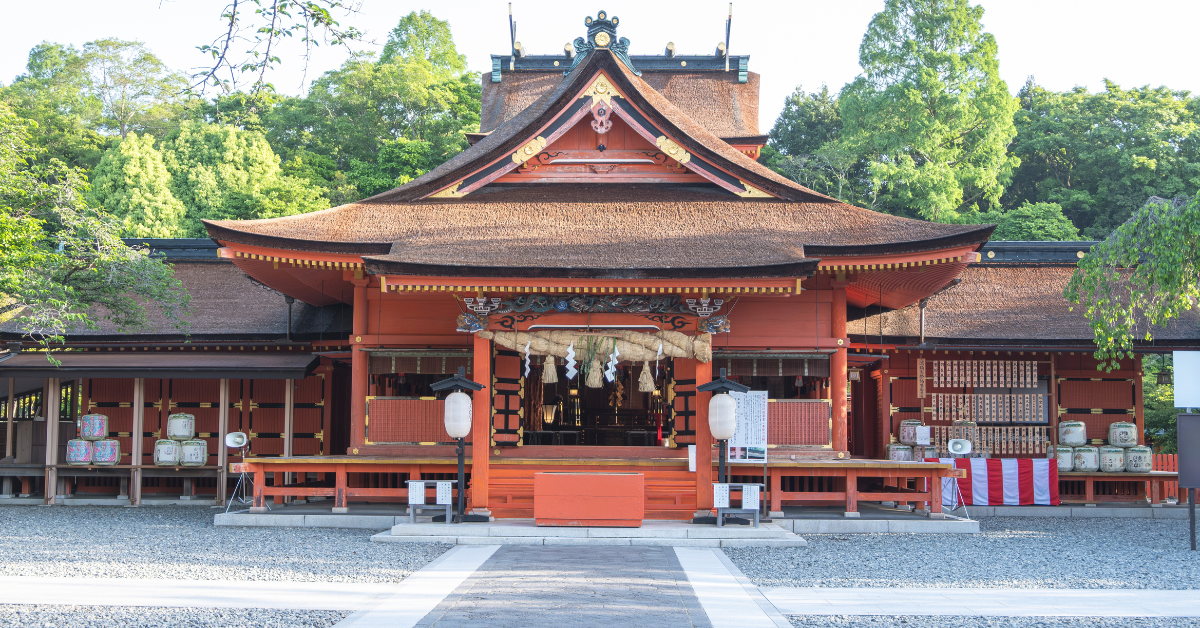For many visitors, entering a Shinto shrine in Japan can feel both serene and mysterious. However, understanding the proper etiquette and steps during a shrine visit is essential to showing respect and avoiding unintentional rudeness. In this article, we’ll guide you through the correct way to pay your respects—from entering the torii gate to making your offering—and explain key do’s and don’ts to observe along the way.
Step-by-Step Guide to Shrine Etiquette
Visiting a shrine is not only a cultural experience but also a spiritual act. Each action you take, even before entering the main hall, has significance. Below is a common sequence followed at most Shinto shrines in Japan.
Approach and Enter
- Bow once before stepping through the torii gate.
- Walk on the side of the path, not the center, which is considered the path of the gods.
- Refrain from loud talking or using your phone while on the shrine grounds.
Purify Yourself
At the purification fountain (chozuya), use a ladle to cleanse your hands and mouth:
- Use your right hand to scoop water, pour it over your left hand.
- Switch hands, pour water over your right hand.
- Pour water into your left hand and rinse your mouth (don’t touch the ladle to your lips).
- Rinse your left hand again.
- Tip the ladle upright to rinse its handle before placing it back.
Offer Prayers
Once at the main hall:
- Bow twice deeply.
- Clap your hands twice.
- Silently offer your prayer or wish.
- Finish with one final deep bow.
Key Points of Respect and Behavior
Even beyond the basic steps, there are several common rules of behavior that help show respect to the sacred space and its customs. Below is a summary in table form.
| Aspect | Proper Behavior |
|---|---|
| Dress | Modest and clean clothing is recommended |
| Photography | Only in permitted areas, and never during rituals |
| Offerings | Coins (especially 5-yen) are commonly used, gently tossed in |
| Behavior | Quiet and respectful demeanor is essential throughout the visit |
Things to Avoid at a Shrine
To ensure a proper visit, avoid the following:
- Walking through the torii gate without bowing
- Blocking the center path
- Taking photos during ceremonies or inside prayer halls
- Entering off-limits areas marked with signs or ropes
These actions are seen as disrespectful and may disturb both visitors and the spiritual atmosphere.
Conclusion
Visiting a Shinto shrine is more than just a sightseeing activity—it’s an opportunity to connect with a centuries-old tradition in Japan. By learning and practicing proper etiquette, you show your respect for the culture, the gods, and the people who maintain these sacred spaces. Whether it’s your first visit or one of many, following the correct steps will make the experience more meaningful and respectful.






